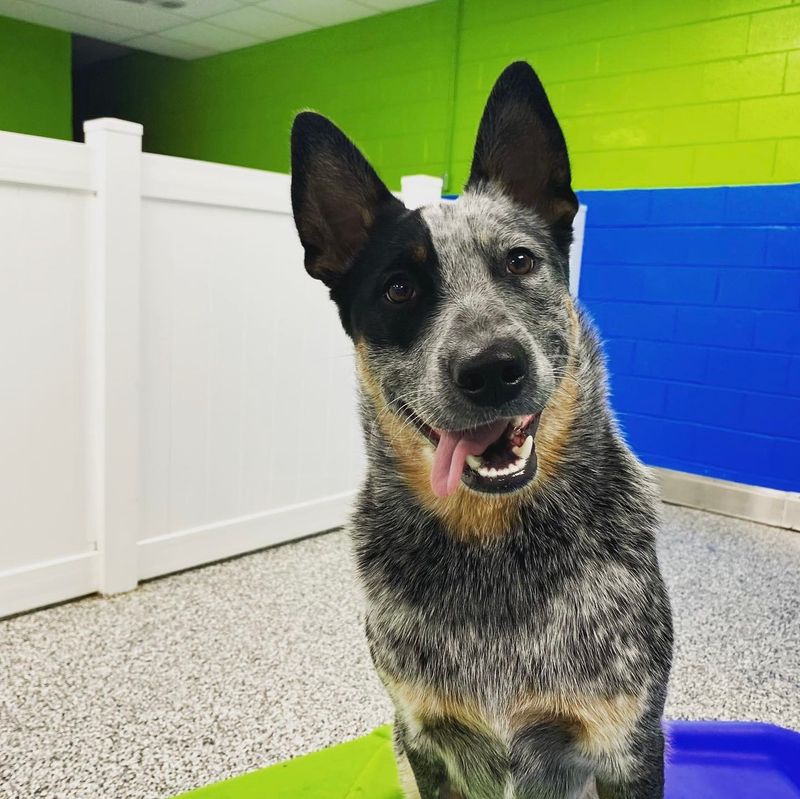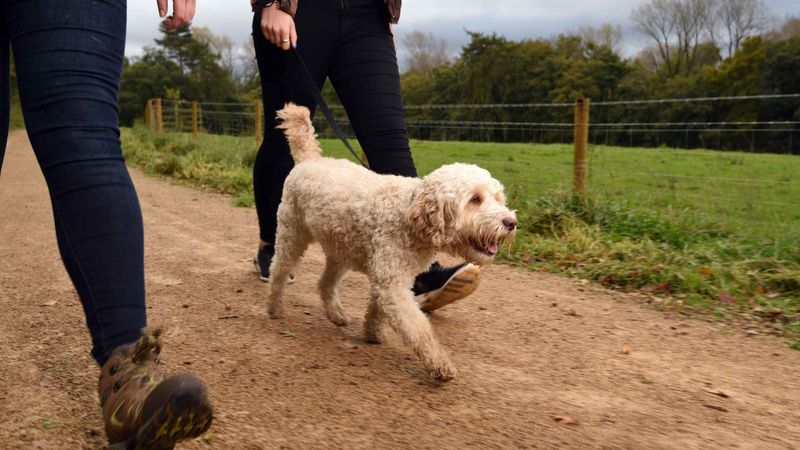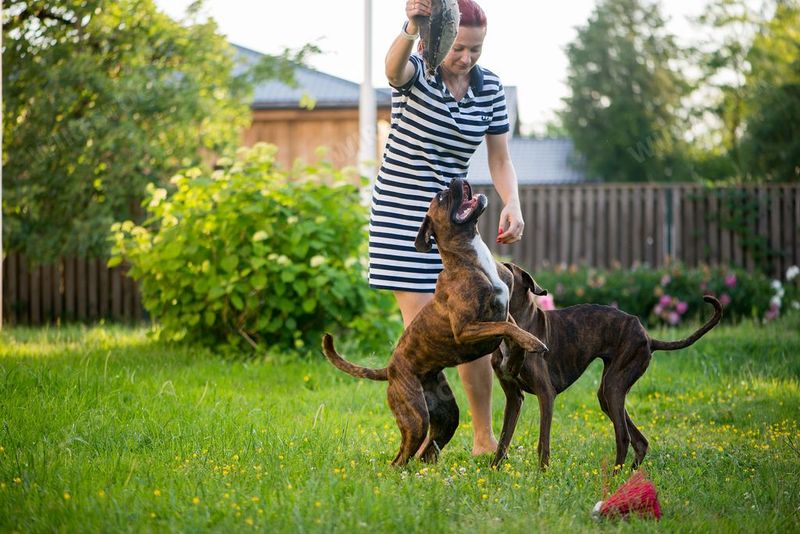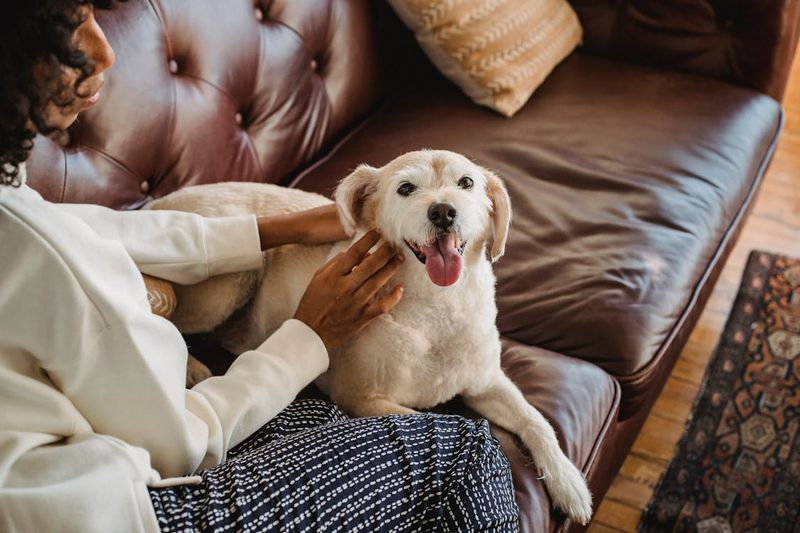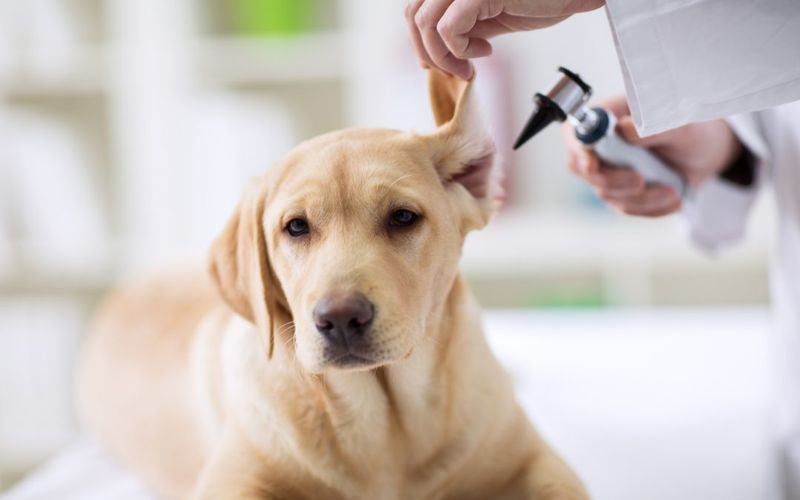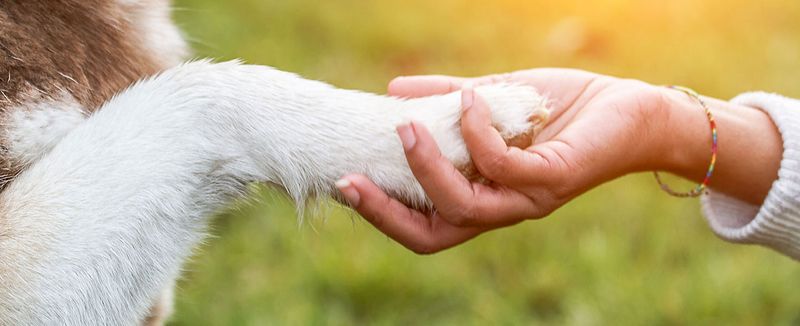Losing pups can be a challenging time for any dog. Providing support and care during this period is essential for their emotional and physical recovery. Here are 11 tips to help your dog cope with this difficult time.
Maintain a Routine
Dogs thrive on routine. By maintaining consistent feeding, walking, and play times, you provide stability in their world. This predictability can be soothing as it reassures them that life goes on despite the change.
Dogs may not understand words, but they understand routines. Keeping these consistent helps them regain a sense of normalcy and security. It also provides a framework for healing, as they know what to expect each day. Remain patient and gentle, as they may need time to readjust.
Provide Gentle Exercise
Physical activity is essential for a dog’s health, especially when they’re grieving. Gentle walks in nature can offer mental stimulation and a calming effect. Nature’s serenity helps in soothing their troubled hearts.
Ensure the exercise is not too strenuous. Focus on short walks to avoid exhaustion, paying attention to their mood and energy levels. The key is to encourage movement and offer a change of scenery without overwhelming them. Exercise is both a physical and emotional outlet, vital for recovery.
Offer Nutritious Meals
Nutrition plays a crucial role during recovery. Offering balanced meals with high-quality ingredients supports their physical health. Include proteins, grains, and vegetables to ensure a well-rounded diet.
Sometimes, a grieving dog might lose interest in food. In such cases, try warming their meals or adding a little broth to make it more appealing. However, always consult a vet before making major dietary changes. Proper nutrition is the foundation for recovery, offering the necessary energy and vitality.
Engage in Play
Play is a natural stress reliever for dogs. Engaging in their favorite games can distract them from sadness and lift their spirits. Whether it’s a game of fetch or tug-of-war, playing fosters happiness.
Encourage interactive playtime, but be mindful of their boundaries. Some dogs might be less enthusiastic initially, so gentle encouragement is key. The goal is to bring joy back into their lives, allowing them to express themselves freely. Playtime nurtures a bond and helps in emotional healing.
Create a Comfort Zone
In times of distress, dogs need a haven. Setting up a soft and cozy space with their favorite blankets and toys can offer comfort. Place this zone in a quiet corner where they can retreat when they feel overwhelmed.
Consider adding soothing elements like a ticking clock or gentle aromatherapy, which can provide an additional layer of comfort. This nurturing environment acts as a safe retreat for them to process their emotions and find solace. Small gestures like these can make a significant difference in their emotional well-being.
Spend Quality Time
Your presence can be immensely comforting to a grieving dog. Spend time sitting with them, offering gentle strokes and quiet companionship. This physical closeness strengthens the bond and offers reassurance.
Quality time doesn’t always mean active engagement. Sometimes, just being there is enough. Share a quiet moment on the couch or simply sit beside them as they rest. These moments of togetherness can make them feel loved and secure, easing their emotional pain.
Consult a Veterinarian
Professional guidance can be crucial during such times. A veterinarian can assess your dog’s physical health and offer advice tailored to their needs. They might recommend supplements or suggest techniques to manage anxiety.
Regular check-ups ensure that any underlying issues are addressed promptly. Don’t hesitate to share your concerns with the vet, as they can offer solutions and support. Your dog’s well-being is paramount, and professional care is an integral part of their recovery journey.
Introduce Soothing Music
Music can have a calming effect on dogs. Playing soft classical or specially designed pet-relaxation music can soothe their nerves. This auditory comfort helps in creating a serene environment.
Experiment with different genres to see what your dog responds to best. Music therapy can be an unexpected aid in easing anxiety and promoting relaxation. It’s a simple yet effective way to help them unwind and find peace amidst their emotional turmoil.
Use Calming Scents
Aromatherapy isn’t just for humans. Certain scents like lavender and chamomile can have a calming effect on dogs too. Use a diffuser in their space to create a tranquil atmosphere.
Be cautious with the choice of oils, avoiding those toxic to pets. Introduce these scents gradually, ensuring they are comfortable with the aroma. These calming scents can help reduce anxiety, offering a sense of peace and comfort in their surroundings.
Join a Support Group
Sometimes, connecting with others who understand can be therapeutic. Look for local support groups where pet owners gather to share experiences and advice. This camaraderie can provide both you and your dog with solace.
Such groups foster a sense of belonging and offer emotional support. Sharing stories and tips can alleviate feelings of isolation, reminding you that you’re not alone in this journey. This social interaction benefits both you and your pet, facilitating mutual healing.
Monitor Behavior Changes
Keep a journal of your dog’s behavior during this period. Note any significant changes or patterns that could indicate deeper issues. This record can be helpful during vet consultations.
Observing their behavior closely allows you to respond quickly to any signs of distress. It’s an essential part of ensuring their overall well-being. Awareness and timely intervention can prevent minor issues from becoming major concerns, supporting their recovery journey.

